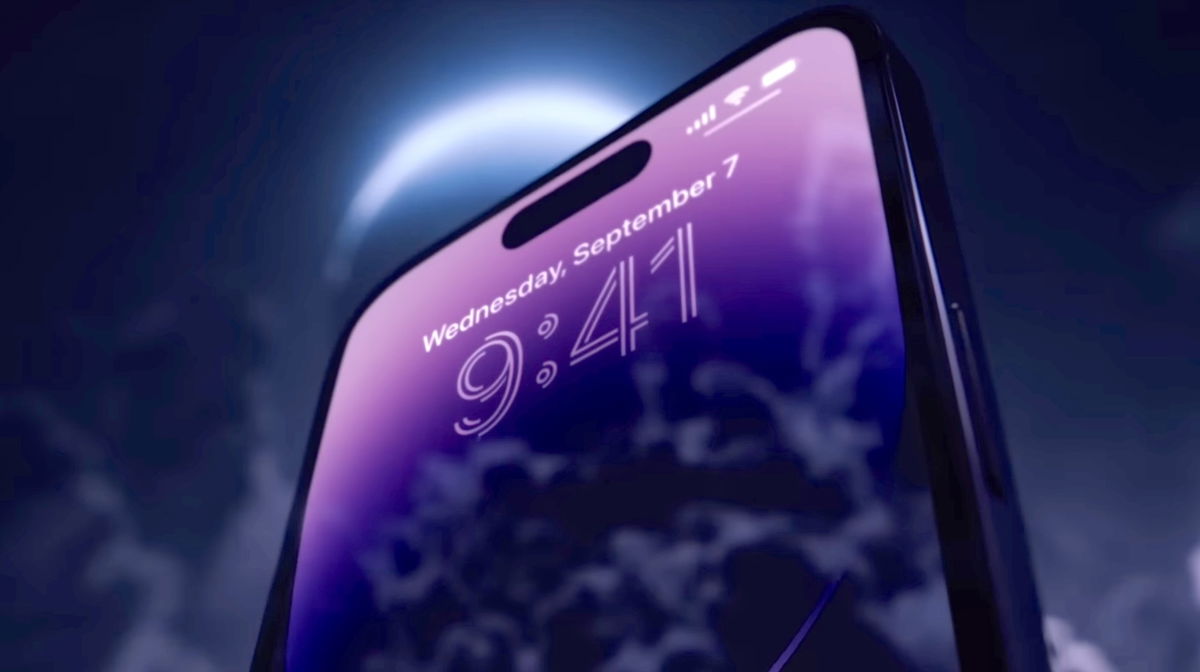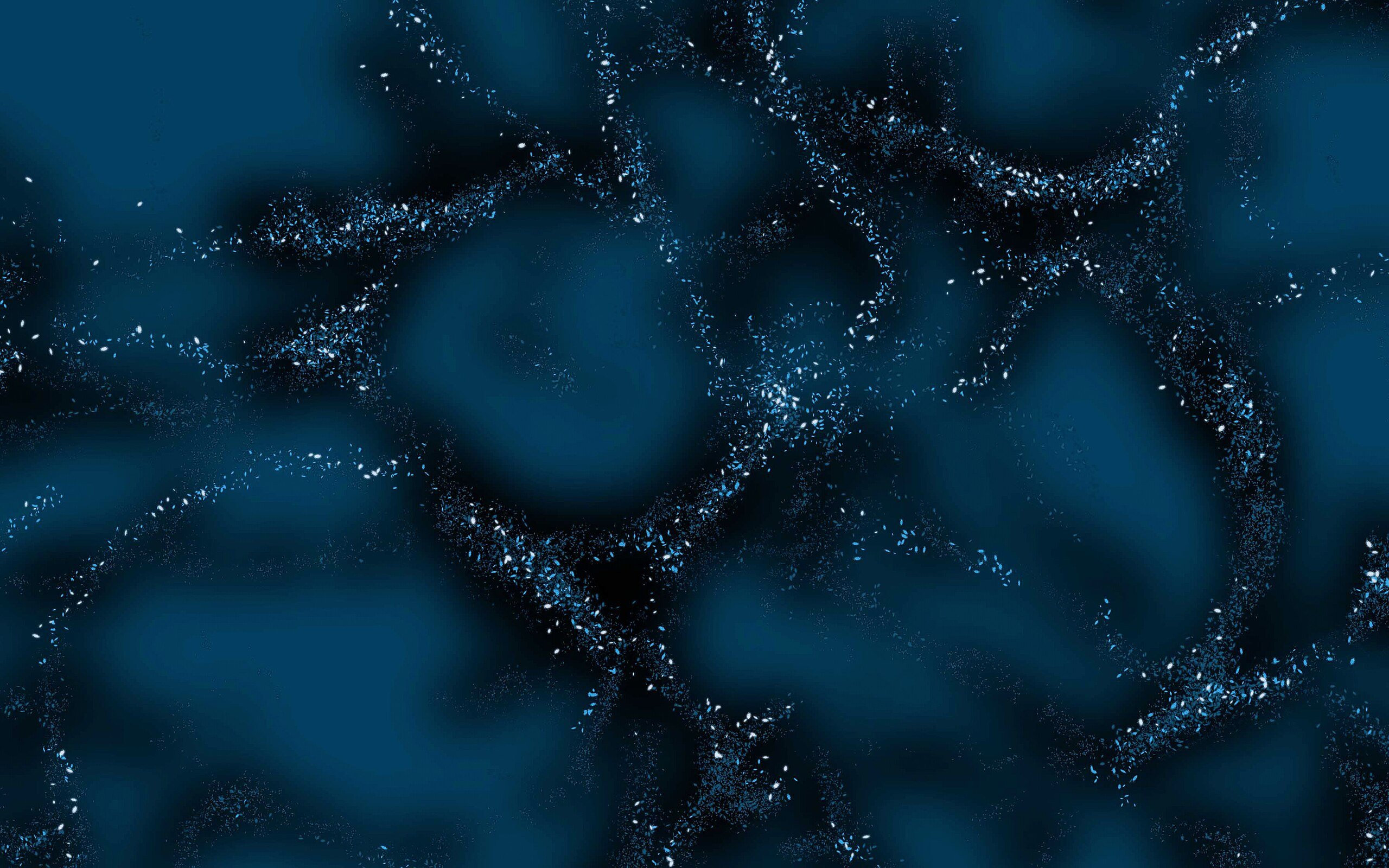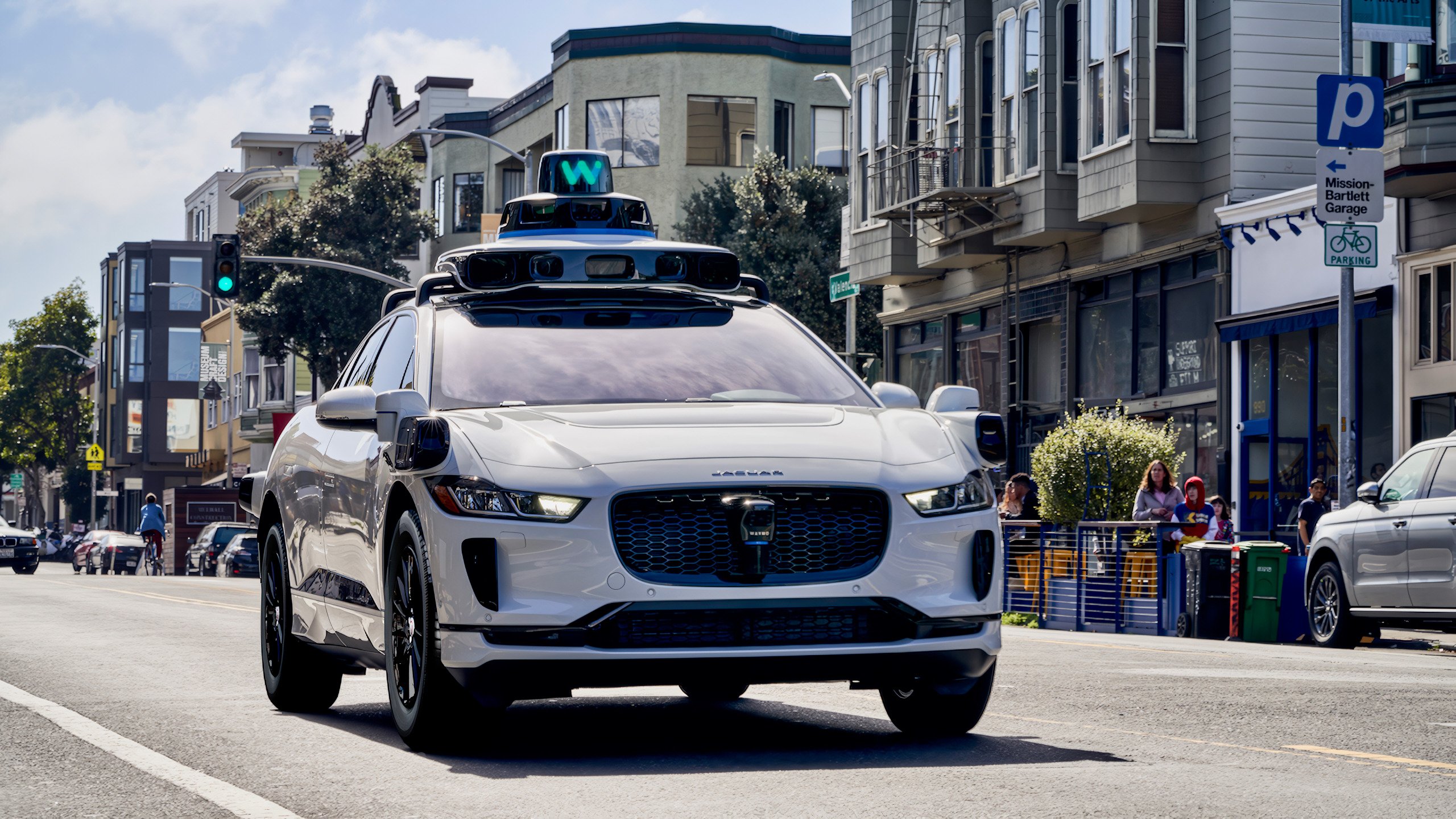After the publication of the first images of James Webb, it has already been announced that this telescope will give us information about some oldest objects in space. Thank you large mirrors and its sensitive detection instruments infrared, it is expected that it can easily penetrate the veil of gas and dust that prevents us from going deeper into the Universe. These first photos have already taken us to places as far away as carina nebulalocated at a distance of 7000 light years. But now, in addition, preliminary data on the discovery of what will be the oldest galaxy discovered so far.
It’s about the galaxy GLASS-z13whose birth seems to go back somewhat 13.5 billion years. Since the Big Bang happened 13.8 billion years ago, we will only talk about 300 million years it all started after that first explosion.
Of course, when talking about the images of James Webb, it is important to take into account two considerations. On the one hand, remember that diving into space is tantamount to time travel. Given the speed at which light travels, the more long away an object is found, the longer it will take for its light to reach us. But are not completely equivalent data. Just because something is 7,000 light-years away doesn’t mean it formed exactly 7,000 years ago. It is important to consider the expansion of the universe. In any case, in this way we can get a guiding thought.
And the second fact we have to take into account is that James Webb’s shots, while unique and fascinating, are not the most profound ever taken. It’s a task instruments for studying microwave background radiation. Does this discovery of the oldest possible galaxy make it any less improbable? Of course not.
James Webb shows us the oldest galaxy ever seen
An international team of astronomers has published preliminary data on the discovery of the oldest galaxy ever discovered.
It was published on the platform prepress, which means it hasn’t gone through the peer review process yet. Therefore, the data should be treated with optimism, but also with caution. This study suggests that in the first round James Webb measurements, the telescope found two galaxies in the same region of space. This can be discerned by detecting the incidence of photons, which below the infrared threshold are absorbed by the neutral hydrogen of the universe, located between the object and the observer.
This allowed scientists, by analyzing the data, to detect two galaxies: GLASS-z11 and GLASS-z13. But the first is much closer, so the second attracted his attention the most. And not only because it is the oldest galaxy discovered so far. And also because, interestingly, has the mass of a billion suns. At times so close to the Big Bang, galaxies of this size are not expected to be found.
Logically, it would have been much easier. After all, everything was just beginning. But it’s clear that James Webb has a lot of surprises in store for us. This is just one of them as well still needs further study. However, it’s a great example of everything we’re going to see with this telescope, which hasn’t even been stopped by micrometeor impacts from starting to do some great work.
Source: Hiper Textual













